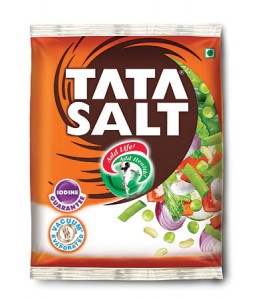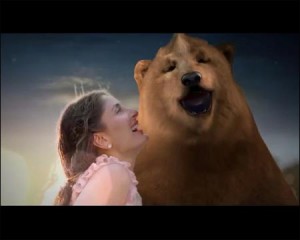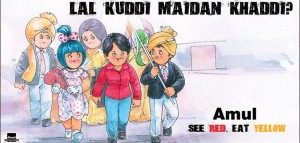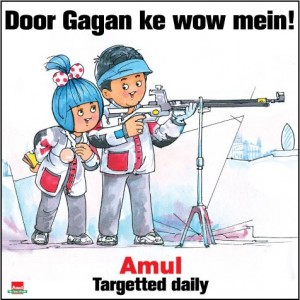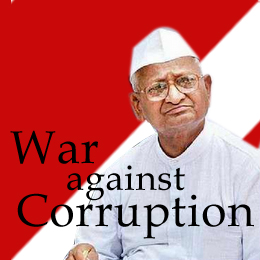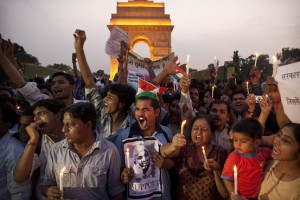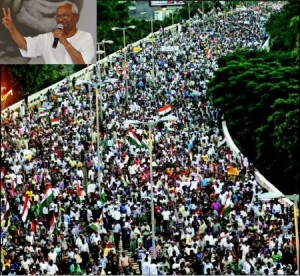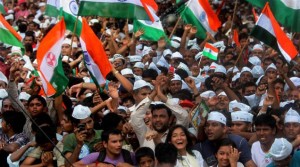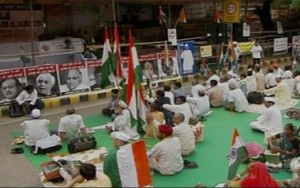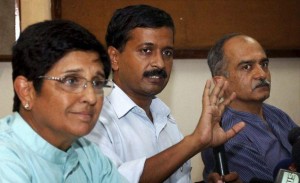Posted on
15 August 2012
by
Meher Manda (Contributing Writer)
For enslaved is the man, whose soul hath crushed.
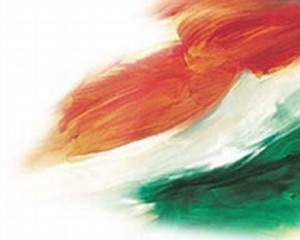
Two centuries of oppression notwithstanding, when India arose to freedom on the stroke of the midnight hour, oh boy, was it a jubilant feeling! Leaving past struggles behind, rising towards a new tomorrow, with a never-back-down-ever-again motto, India seemed raring to go.
Or so we thought.
Over the years, what has genuinely gone wrong with India’s a self-sufficient-tomorrow’s strategy? Our struggle to independence is undoubtedly a phenomenal story in history, having been penned down by greats like Mahatma Gandhi, Subhash Chandra Bose, Jawaharlal Nehru, Bhagat Singh and the likes. But must we credit the country’s spite of today, to the crazy cocktail of ideologies that happened in the past?
After India attained independence and the constitution was framed, honest ideas went into bringing about temporary laws that would help restore balance in the Indian society riddled with class, caste and state issues. But over the years, political opportunism has ensured that outdated laws have stayed and thrived to give mileage to one’s precious vote bank. A country that began its journey on honest grounds of democratic freedom and respect for individuals has spiralled into an uncontrolled growth of mess. Corruption, fanaticism, and complete intolerance of each other has overshadowed all the supposed pride that Indians ever possessed.
And the question is, in the true essence, are we really independent?
An independent state is one where every individual has the right to freedom, to be able to express his views (without bordering on hatred, of course) and to live his life, within the confines of state laws. But in India, where the laws themselves are structured for appeasement of certain sections and individuals are not allowed, even lawfully, to acknowledge their own ideals, where fanaticism is tolerated but the arts are not, something seems to be morally wrong.
For a country which has had a long fruitful association with love, with the arts and with a colourful culture, has become, along the way, a complete misunderstanding of ideals, and scriptures.
While we continue to survive on the back of sectional bias, understanding of core issues has been abandoned.
What about the promise we made to ourselves to have an educated and liberal India? A country that would bring to fore the immense talent, and invest wealth on progress. Isn’t it a little sad that even after 65 years of independence, we are still focussing on issues of caste and religion? In a world that is slowly beckoning a liberal structure, we are still being ostracised for being different. And in a country whose constitution prides itself for respecting numerous views and morals, people not conforming to the general norms are looked down upon.
Illiteracy, poverty, and a messy capitalist structure is plaguing the country’s very roots. The poor are continuously victimised by the growing pressures of inflation, while the rich are those that are in power. Ironically, the poor man’s servant, the leader, who was to serve his being, is the one sitting on a high pedestal and watching the tamasha happen.
Let me come back to the same question- What is independence? If you ask me today, this moment, I shall say that an independent country is that, where each individual has a right to his life, to be able to live along the terms he wants to, without directly affecting any other being. A classless society, where there is no dearth of equal opportunities, and an economical structure, where the money gained is spent upon oneself with complete transparency. Where there is no restriction for someone who wishes to not conform to one’s ideals. That is an independent country, and until then, I chose not to dwell in the erstwhile culture long lost and misunderstood.




